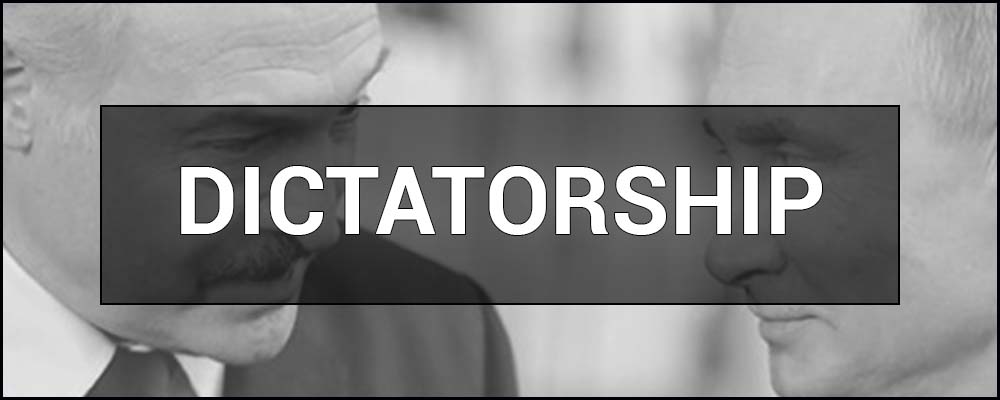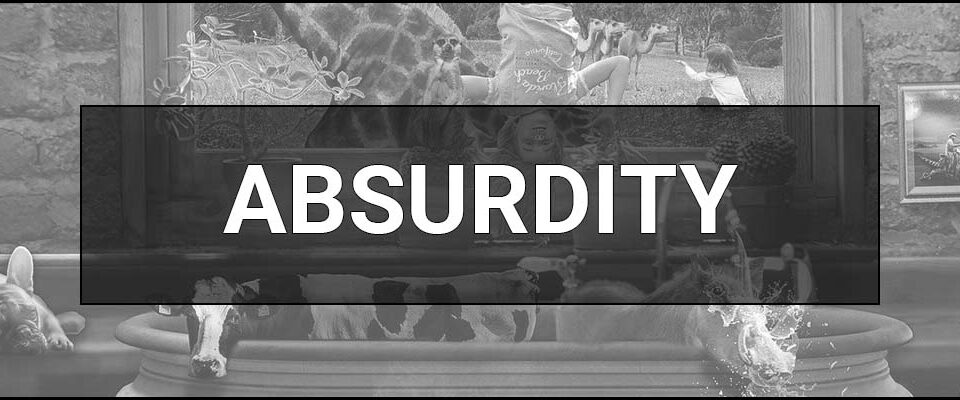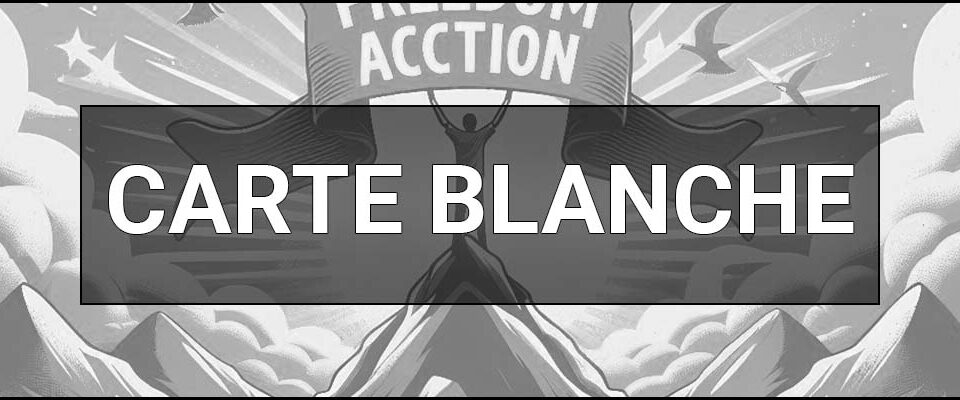Dictatorship is a term that serves to define an authoritarian form of government in a country where the main and only source of power is a certain leader or group of people. The word “dictatorship” comes from the Latin “dictator”, which is how the Roman Empire called a judge who temporarily had absolute power.
What is DICTATORSHIP – meaning and definition in simple words.
Simple, clear answer: A dictatorship is a regime of totalitarian rule of a country, in which all power belongs to one particular person (dictator), or a small group of persons (party, top military leadership). Dictatorship can also be called those governments that came to power through rigged, undemocratic elections. If we talk about dictatorship in general, then it can be argued that this form of government is the complete opposite of constitutional democracy.
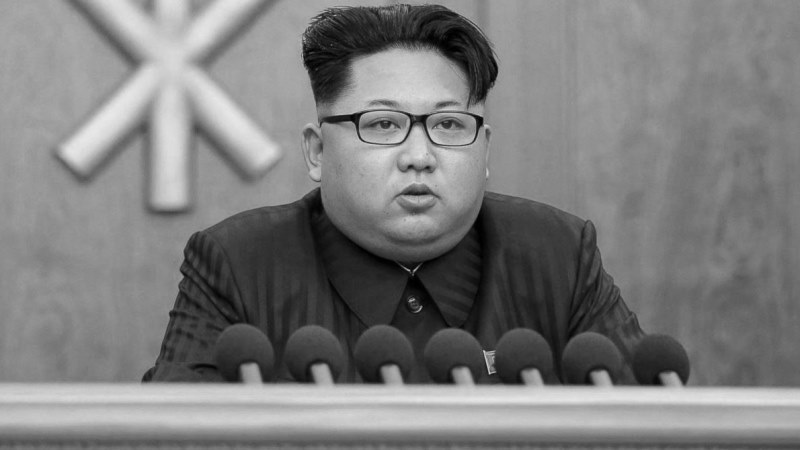
Who is a DICTATOR? Definition in simple words.
A dictator is a political leader who rules a country and has absolute and unlimited power. In the modern sense, the word “dictator” is invariably associated with a cruel and repressive leader who violates the rights of citizens in order to remain a ruler. Usually, dictators come to power through military force or political deceit, in fair or rigged elections.
Why do dictatorial regimes arise in the world? Main reasons.
Political scientists and historians identify three main reasons why dictatorships arise:
- Presence of a certain ideology in the country. Like all political movements, the dictatorship is based on a certain ideology. The main feature of dictatorial regimes is the utopian nature of their ideologies, usually aimed at building some new, ideal world. This is exactly what communist and Nazi ideologies were;
- Formation of a false sense of security in society. A dictatorial regime is always built on the principle of a fortress besieged by enemies. State propaganda tells citizens about the existence of internal and external enemies, from which the country is protected by the dictator. Being under the total influence of propaganda, many people really begin to believe that without a wise ruler, their country will collapse and chaos will come.
- Charisma and oratory skills of the dictator. Mandatory qualities of any dictator are charisma and the ability to speak to large audiences. Thanks to these abilities, the dictator attracts the interest of people and wins their attention. The presence of charisma helps to form the correct image of a potential dictator, in which the population begins to see a wise and fair leader, not noticing his incompetence and desire for absolute power.
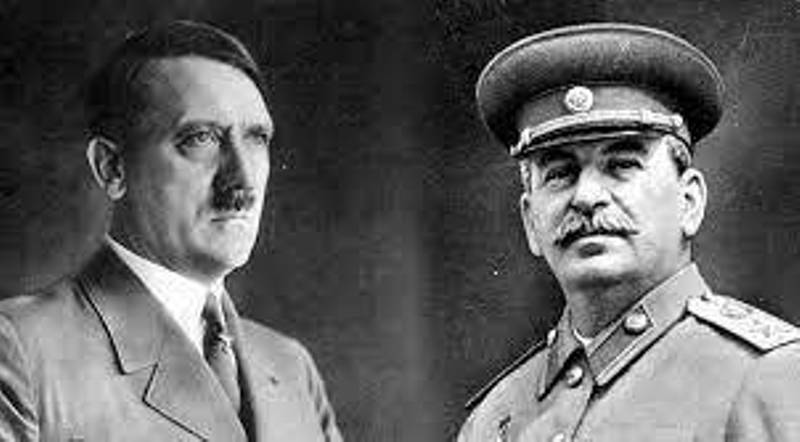
The main forms of dictatorship and their features.
The main forms of modern dictatorship include authoritarianism and totalitarianism.
Authoritarianism.
Authoritarianism is a kind of political regime in which the rights and freedoms of citizens are significantly limited. Citizens have no influence on politics, but have relative freedom in the non-political aspects of society. The basis of an authoritarian system is the economic weakness of the state. This regime is guided by conservative and long outdated beliefs and ways of life. The main features of authoritarianism are:
- Unlimited and uncontrolled power, based primarily on force;
- Hierarchy of power;
- Strong centralization of power;
- There are no real political parties and movements, opposition, independent media and public organizations;
- Lack of social lifts in politics;
- There is no possibility of changing the political regime in a non-violent democratic way;
- The main pillar of authoritarianism are the police and military structures.
Totalitarianism.
Totalitarianism is an idealized regime, the essence of which is total control over all aspects of the political and social life of society. The main features of totalitarianism include:
- Maximum centralization of power, concentration of all real powers in the hands of the dictator and his closest supporters;
- The elimination of democratic institutions;
- Full control of the state over the economic life of the country;
- Citizens have no rights and freedoms, or they are reduced to a minimum,
- There is only one official ideology in the country and society. There is a leaderism;
- The media is a tool of state propaganda;
- The state constantly intervenes in the private life of citizens;
- Repressions and terror are taking place in the country, aimed at real and potential opponents of the regime;
- Extreme militarization of public life.
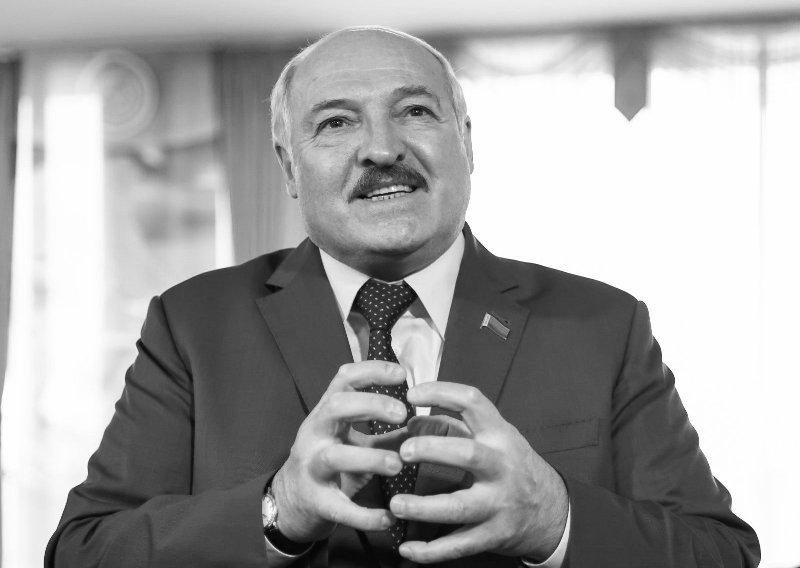
Examples of dictatorships with dictators.
History knows a huge number of dictators, and it is rather difficult to list all of them, but as an example, we will give some of the most famous from different regions.
European dictators:
- Vlad III Tepes is the one who is “Dracula” (Wallachia 1456-1462);
- Vladimir Lenin (Soviet Union, 1917-1924);
- Leonid Brezhnev (Soviet Union, 1964-1982);
- Kaiser Wilhelm II (German Empire, 1888-1918);
- Ismail Enver Pasha (Ottoman Empire, 1913-1918);
- Nicholas II (Russia, 1894-1917);
- Joseph Stalin (Soviet Union, 1924 -1953);
- Leopold II (Belgium, 1885 -1908);
- Adolf Hitler (Nazi Germany, 1933-1945);
- Alexander Lukashenko (Republic of Belarus);
- Vladimir Putin (Russian Federation).
Asian dictators:
- Ho Chi Minh (Northern Vietnam, 1945-1969);
- Pol Pot (Democratic Kampuchea, 1975 -1979);
- Mao Zedong (People’s Republic of China, 1949-1976);
- Kim Jong-un (North Korea, 2011 to present)
- Kim Jong Il (North Korea, 1994 -2011);
- Kim Il Sung (North Korea, 1948 -1994);
- Bashar al-Assad (Syria, 2000 to present);
- Saddam Hussein (Iraq, 1979-2003)
- Ayatollah Ali Khamenei (Iran, 1989 to present).
African dictators:
- Robert Mugabe (Zimbabwe, 1980-2017);
- Omar al-Bashir (Sudan, 1989-2019);
- Yakubu Gowon (Nigeria, 1966-1975).
America’s dictators:
- Nicolas Maduro (Venezuela, 2013 to present);
- Manuel Noriega (Panama, 1983-1989);
- Hugo Chavez (Venezuela, 1999-2012);
- Alberto Fujimori (Peru, 1992-1993).

Types of dictatorship.
If we talk about the types of dictatorships that currently exist, they can be divided into five main categories, these are:
- Personal dictatorship;
- One-party dictatorship;
- Monarchy;
- Military dictatorship;
- Hybrid dictatorship.
Now let’s take a closer look at each of them.
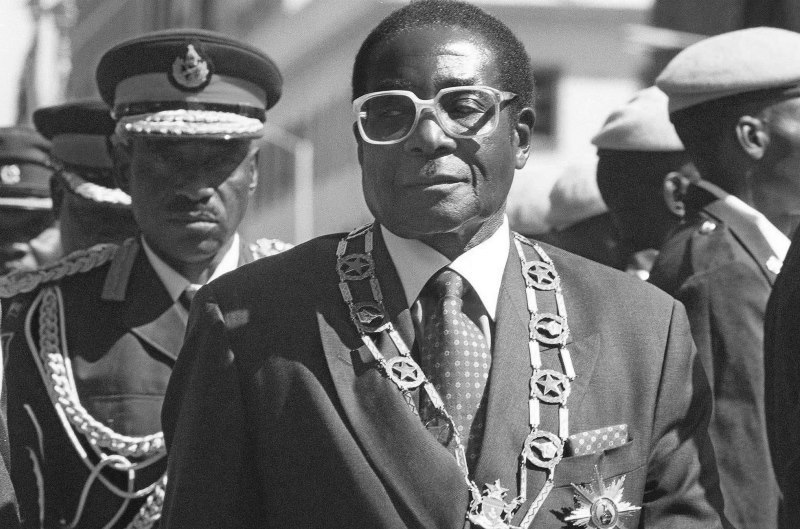
What is Personal Dictatorship?
Personal dictatorship is when all power belongs exclusively to one person. There may be a top military leadership or some kind of “parliament” in the state, but in fact, they do not make really important decisions. All important decisions are taken directly by the dictator.
What is a one-party dictatorship?
A one-party dictatorship is a form of government in which all power belongs to one particular party. Usually, this oligarchic party appoints its people to all important positions in the country. This party controls the budget, issues the laws it needs, and so on. Sometimes, there is a caricatured and controlled opposition in the country, which creates the illusion of the existence of democracy.
What is a monarchical dictatorship?
A monarchical dictatorship is when a dictator receives power by inheritance, according to his high royal lineage. This often happens in Arab countries. Although, it should be noted that a monarchy that has only a ceremonial form, and the king / queen does not have full power, is not considered a dictatorship.
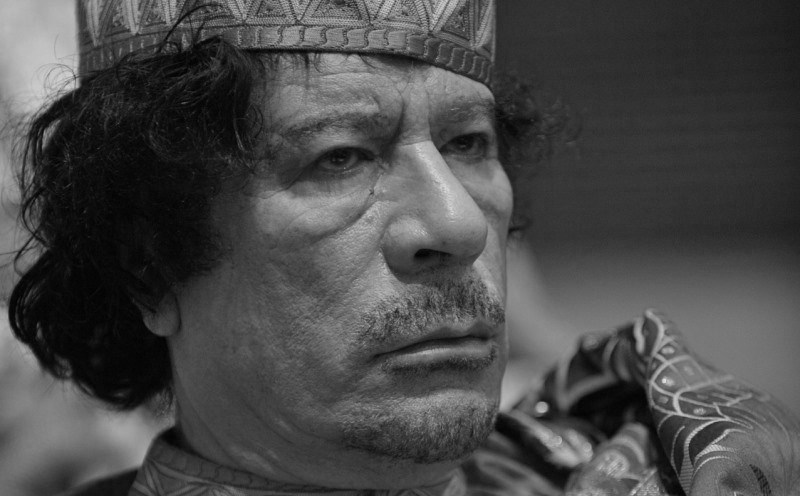
What is a military dictatorship?
A military dictatorship is a regime in which all power in the country belongs to a small group of high-ranking military officers. They determine the entire foreign and domestic policy of the state. Typically, such a system of totalitarian militaristic rule is usually called a junta.
What is a hybrid dictatorship?
Hybrid dictatorships include those regimes in which several previously mentioned forms are combined. So, for example, it can be a personal + one-party dictatorship. In practice, it might look like this:
A certain leader (dictator) is elected to the post of head, who later forms an absolute party majority in parliament, eradicating the opposition. Thus, in fact, all power belongs to the dictator and the ruling party. Also, this system may include a military factor.

